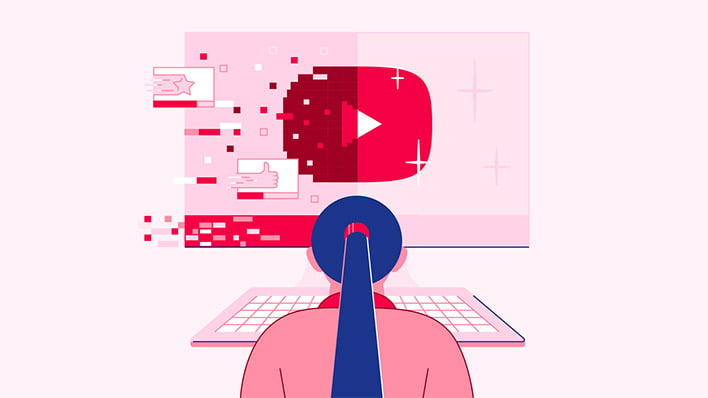YouTube Expands Access To Enhanced Bitrate 1080p Videos, What You Need To Know

This option first appeared in a limited test around April, focused mostly on the iOS mobile app. Google says the "enhanced bitrate" 1080p option doesn't mean it's taking anything away from the 1080p video everyone has been streaming for years.
When you upload video to YouTube, it's re-encoded into the platform's standard bitrates, with resolutions ranging from 144p all the way to 8K on supported videos. Resolution is only part of the equation when it comes to video quality. The amount of data (bitrate) also matters. It's possible to encode a 1080p video in a high enough bitrate that it looks even better to the human eye than a low-bitrate 4K video.

The new enhanced 1080p setting isn't going to change the way you use YouTube, but it might provide noticeably better video when viewed on large screens like tablets and TVs. Google says the enhanced video should look particularly good in content with lots of detail or motion.
You'll need a YouTube Premium account to get the enhanced video, the cost of which recently went up to $13.99 per month. That's spendy, but Google isn't messing around with these 30-second ads in the free version. Non-paying users will only see the standard 1080p video (after the ads), which Google says is just as sharp as it always was.
A few non-subscribers have been seeing the enhanced setting pop up, too, but presumably that's just temporary. Accessing YouTube via the Android app, even with a premium account, won't reveal the enhanced option yet. The feature is only available on the web an iOS currently, but it's also rolling out to TVs and Chromecasts. The constantly neglected Android app will get support later.

